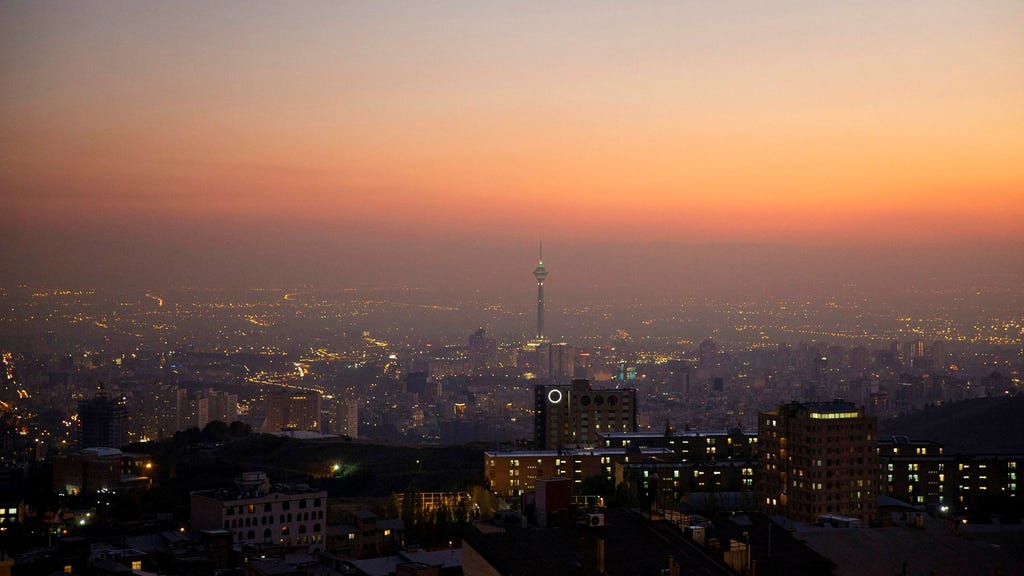The incident at the Tehran courthouse, shrouded in the ambiguity of conflicting narratives and the absence of independent verification, began with an armed assailant breaching the building’s security. Iranian state-controlled media, including the judiciary’s own news agency, Mizan, swiftly labeled the individual a ”terrorist” and reported his subsequent suicide. While these reports suggest one additional person was injured, the absence of corroborating information from independent sources underscores the need for cautious interpretation. The Iranian government has yet to offer an official statement regarding the attacker’s motives, with Mizan stating the individual had no active case with the court. This lack of clarity fuels speculation and raises crucial questions about the true nature of the attack, its intended targets, and the potential for underlying political or social motivations.
The incident takes on a more complex dimension with the identification of the deceased judges, Ali Razini and Mohammad Moghisseh. While Iranian state media eulogized them as ”courageous and revolutionary,” exiled Iranian activist groups have painted a starkly contrasting picture. They allege that both judges played pivotal roles in the notorious revolutionary courts, instruments of repression used to silence dissent and mete out harsh punishments, including capital punishment, to political opponents. This conflicting portrayal underscores the deep divisions within Iranian society and the polarized narratives surrounding the judiciary’s role in upholding human rights. The absence of an independent investigation further complicates the ability to ascertain the veracity of these competing claims.
Mohammad Moghisseh, also known as ”Naserian,” held a significant position within the judiciary, notably as the superior of Hamid Noury, who was convicted in Sweden in 2022 for grave violations of international law and murder. Their shared history of working together in Tehran prisons during the late 1980s, a period marked by widespread extrajudicial executions, adds another layer of complexity to the courthouse incident. Noury’s conviction and subsequent repatriation to Iran in a controversial prisoner exchange further highlights the sensitive political climate surrounding human rights accountability and the challenges of pursuing justice for victims of past abuses.
Ali Razini, the other judge killed in the attack, is alleged to have been a member of a ”death committee,” a body responsible for ordering the execution of hundreds of political prisoners in 1988. This period, a dark chapter in Iran’s history, witnessed the systematic elimination of thousands of individuals deemed threats to the regime. Human rights organizations estimate that up to 5,000 prisoners were killed in these mass executions, a figure that testifies to the scale and brutality of the repression. Razini’s alleged involvement in these atrocities adds a chilling dimension to the courthouse attack and raises questions about whether it was an act of targeted revenge.
The Tehran courthouse incident throws into sharp relief the complex interplay of political tensions, human rights concerns, and the challenges of obtaining reliable information in a tightly controlled media environment. The lack of independent reporting and the conflicting narratives surrounding the judges’ roles create a fog of uncertainty that obscures the true nature of the attack. While Iranian state media quickly labeled the assailant a terrorist, the absence of an official explanation regarding his motives leaves room for speculation and underscores the need for a thorough and transparent investigation.
The incident also serves as a grim reminder of the 1988 mass executions and the ongoing struggle for accountability and justice for the victims. The allegations against the deceased judges of their involvement in these atrocities highlight the deep-seated grievances and unresolved traumas that continue to haunt Iranian society. The attack, regardless of its ultimate motivation, underscores the fragility of the rule of law and the urgent need for impartial mechanisms to address past human rights violations and prevent future abuses. The international community must continue to press for accountability and support efforts to shed light on the dark chapters of Iran’s past.














